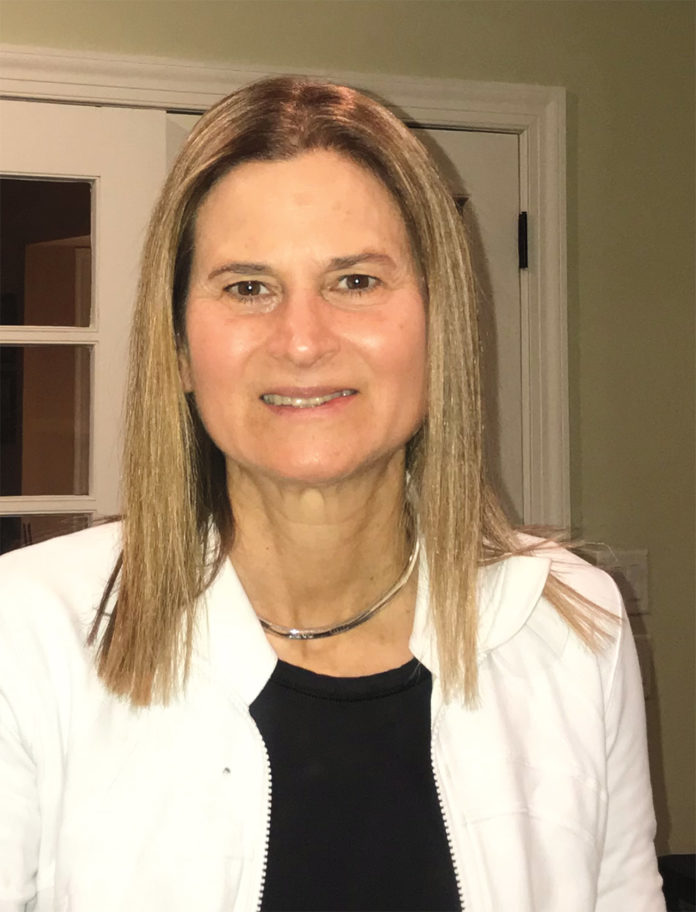NEW YORK — “Dreams on Fire” starts off from a controversial scientific hypothesis that has gained momentum in recent years. According to the emerging field of epigenetics, trauma can not only be passed down intergenerationally; it can also be transmitted at the somatic, molecular level in our DNA. The first idea explains why certain cultures that have faced repeated persecution — Jews and Armenians for example — can sometimes appear overly anxious or neurotic to the society at large. Understandably if your parents lived through the Shoah or the Aghet, you may worry about the future more, fret over and even smother your own children with attention. But I’m less convinced that this form of anxiety can be transmitted at the mitochondrial or cellular level. Pushed to the extreme, this line of thinking could also be used to exonerate the perpetrator as well as the victim of trauma if the former’s family also has a history of excessive trauma.
Be that as it may, “Dreams on Fire” is an important play for bringing issues of mental health to the theatrical fore. The main character, Aram Sarkisian (Sam Arthur), attends an unnamed college where he has amassed four incompletes as his exam period rolls around. Aram has a close relationship with Gran (Constance Cooper) who recounts their family history during the Armenian Genocide. Arthur displays all the signs of classic PTSD: depression, passive aggressiveness as well as dark spells when he either does not remember his behavior or chooses to forget it. At one point he abandons his love interest Emily (Emma Giorgio) — who just happens to be Turkish-American — mid-date. Gran realizes that something is up and takes him to see a doctor who diagnoses him with severe ADHD: she prescribes both medication and Cognitive Behavioral Therapy.
To her credit, Balakian gleaned much of her information from actual doctors in the field: “I heard Rachel Yehuda, a neuroscientist at Mount Sinai speak on NPR. Dr. Eric Hollander, a leading neuroscientist, confirmed that it was a mature field.”
This may be the case, but on a literary level, using epigenetics as the basis for one’s narrative can be tricky. In her 2021 New Yorker piece, “The Claim Against the Trauma Plot,” Parul Sehgal problematizes the issue at hand: “Unlike the marriage plot, the trauma plot does not direct our curiosity toward the future (Will they or won’t they?) but back into the past (What happened to her?).”
Sehgal goes on to argue that trauma has become the default mechanism for many writers, creating an altogether poorer narrative than in the past — when everyone from Shakespeare to Virginia Wolf merely suggested or alluded to details from their characters’ lives, using their descriptive and linguistic talents to suggest character development. Sehgal explains
“In the 1924 essay ‘Mr. Bennett and Mrs. Brown,’ (Wolf writes) that ‘all novels begin with…a character who awakens the imagination. And here Woolf, almost helplessly, began to spin a story herself — the cottage that the old lady kept, decorated with sea urchins, her way of picking her meals off a saucer — alighting on details of odd, dark density to convey something of this woman’s essence…Those details: the sea urchins, that saucer, that slant of personality. To conjure them, Woolf said, a writer draws from her temperament, her time, her country.”











